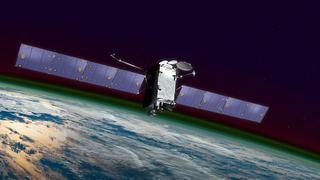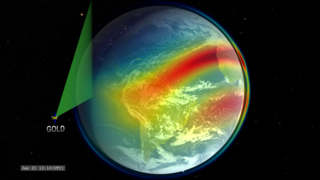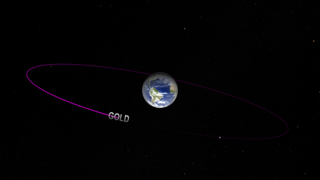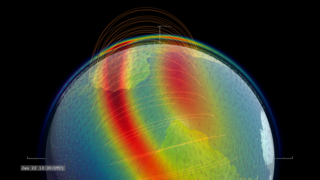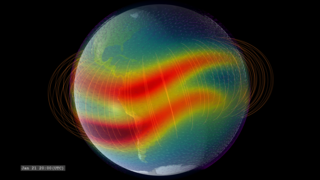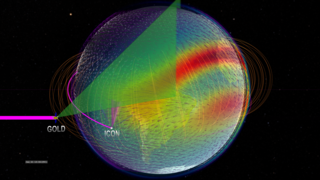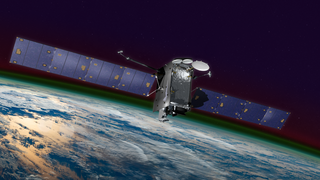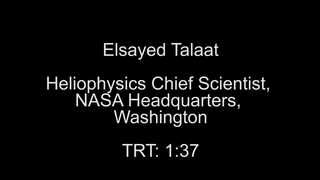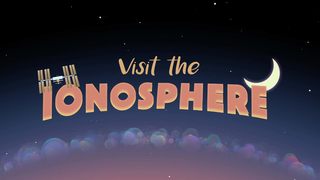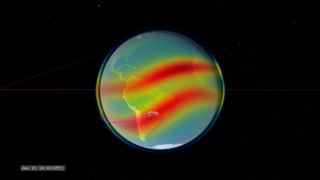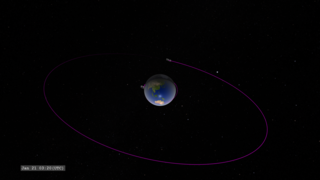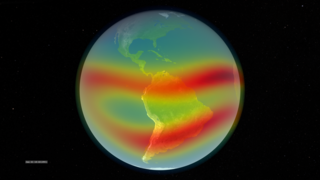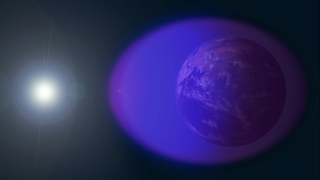Why NASA Is Exploring The Edge Of Our Planet
Above the ozone layer, the ionosphere is a part of Earth’s atmosphere where particles have been cooked into a sea of electrically-charged electrons and ions by the Sun’s radiation. The ionosphere is co-mingled with the very highest — and quite thin — layers of Earth’s neutral upper atmosphere, making this region an area that is constantly in flux undergoing the push-and-pull between Earth’s conditions and those in space. Increasingly, these layers of near-Earth space are part of the human domain, as it’s home not only to astronauts, but to radio signals used to guide airplanes and ships, and satellites that provide our communications and GPS systems. Understanding the fundamental processes that govern our upper atmosphere and ionosphere is crucial to improve situational awareness that helps protect astronauts, spacecraft and humans on the ground.
GOLD, in geostationary orbit over the Western Hemisphere, will build up a full-disk view of the ionosphere and upper atmosphere every half hour, providing detailed large-scale measurements of related processes — a cadence which makes it the first mission to be able to monitor the true weather of the upper atmosphere. GOLD is also able to focus in on a tighter region and scan more quickly, to complement additional research plans as needed.
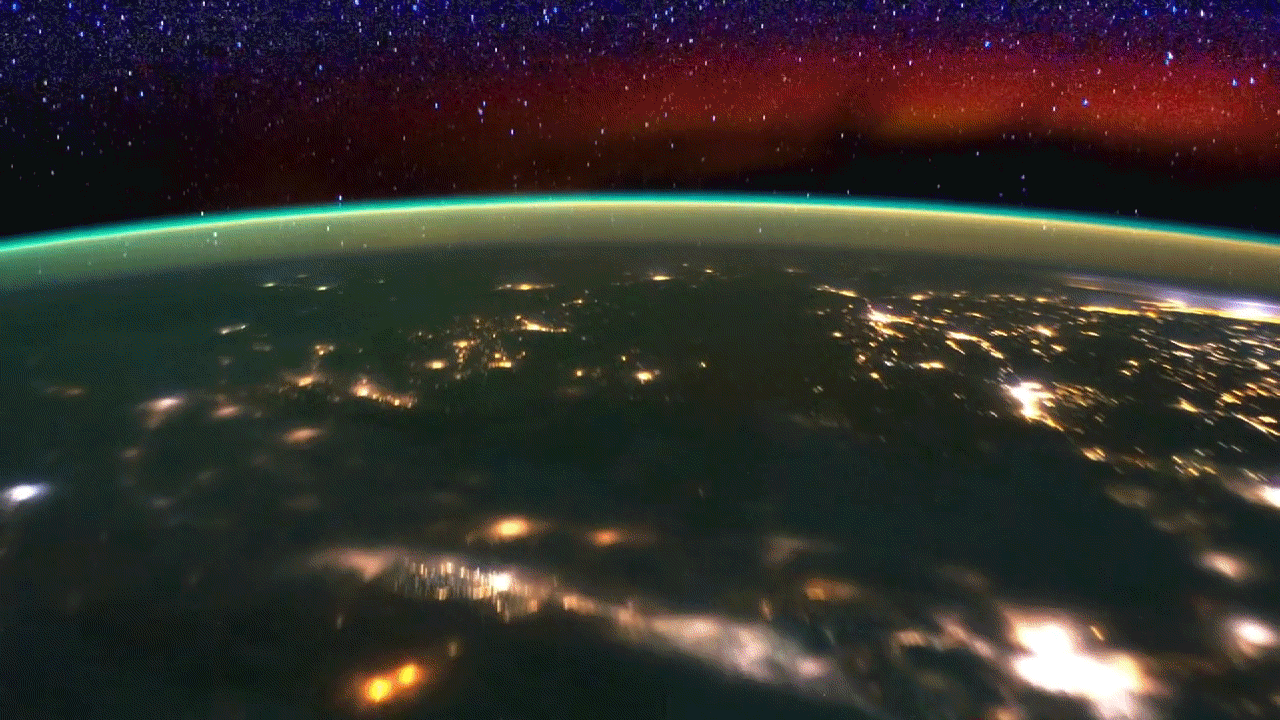
Used Elsewhere In
Source Material
Related
For More Information
Credits
Richard Eastes (University of Colorado Boulder)
Scott England (Space Sciences Laboratory, University of California at Berkeley)
Sarah L. Jones (NASA/GSFC)
Producer:
Joy Ng (USRA)
Data Visualizer:
Tom Bridgman (Global Science and Technology, Inc.)
Animator:
Chris Meaney (KBR Wyle Services, LLC)
NASA's Goddard Space Flight Center
https://svs.gsfc.nasa.gov/12817
Missions:
Global-scale Observations of the Limb and Disk (GOLD)
Ionospheric Connection Explorer (ICON)
This item is part of these series:
Narrated Movies
Interface to Space
Keywords:
SVS >> HDTV
SVS >> Solar Wind
GCMD >> Earth Science >> Sun-earth Interactions >> Ionosphere/Magnetosphere Particles
GCMD >> Earth Science >> Atmosphere >> Atmospheric Radiation >> Airglow
GCMD >> Location >> Ionosphere
SVS >> Space Weather
SVS >> Heliophysics
NASA Science >> Sun
GCMD >> Earth Science >> Sun-earth Interactions >> Ionosphere/Magnetosphere Dynamics
SVS >> Icon
SVS >> Gold
SVS >> Interface to Space
GCMD keywords can be found on the Internet with the following citation: Olsen, L.M., G. Major, K. Shein, J. Scialdone, S. Ritz, T. Stevens, M. Morahan, A. Aleman, R. Vogel, S. Leicester, H. Weir, M. Meaux, S. Grebas, C.Solomon, M. Holland, T. Northcutt, R. A. Restrepo, R. Bilodeau, 2013. NASA/Global Change Master Directory (GCMD) Earth Science Keywords. Version 8.0.0.0.0
